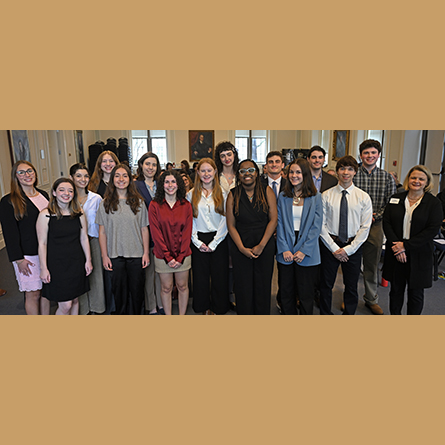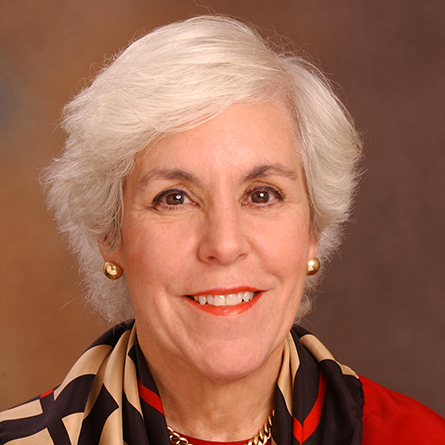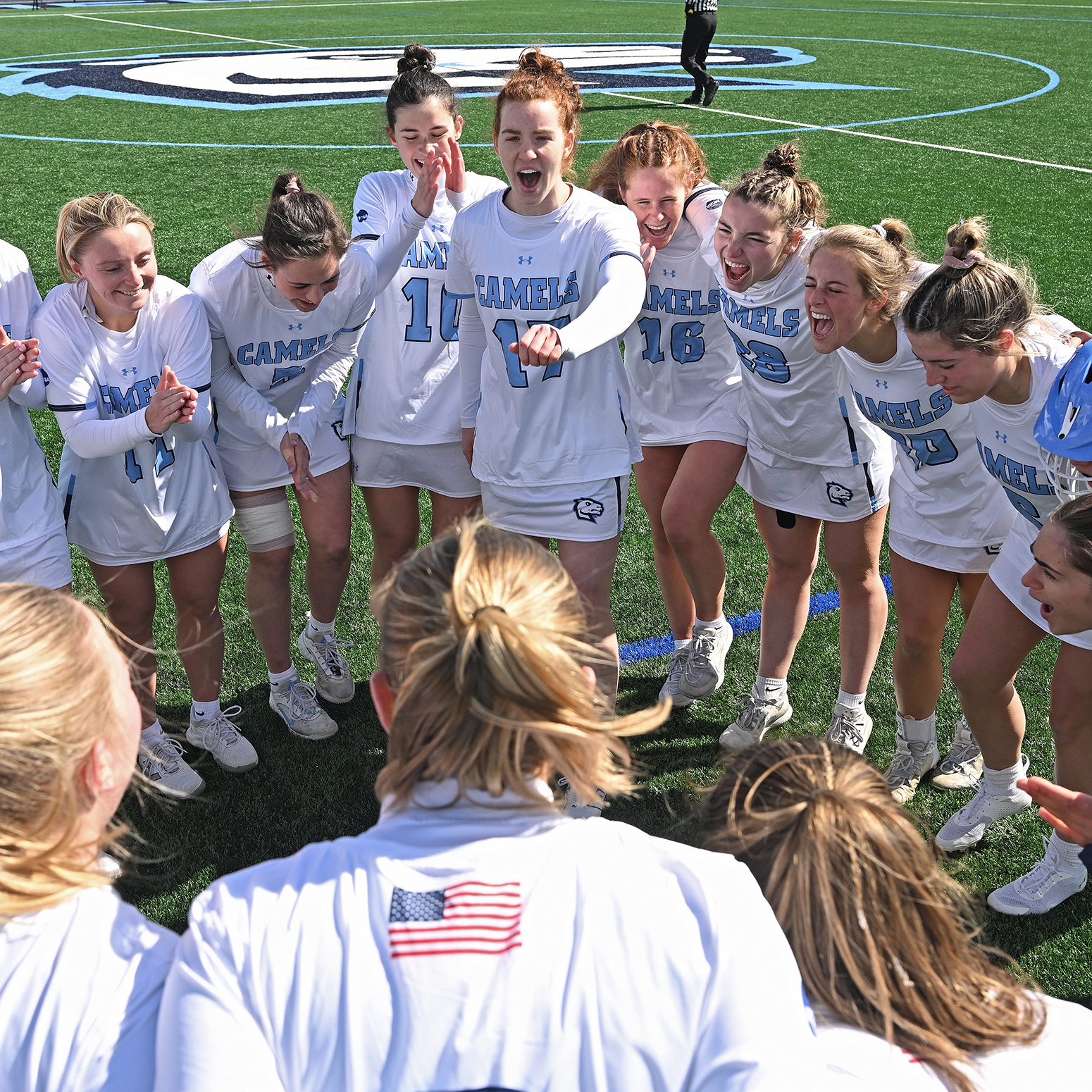
Transition, truncated
Historian Martha Joynt Kumar ’63 discusses the history of presidential transitions.
When Harry Truman assumed the presidency suddenly in April of 1945 following the death of Franklin Roosevelt, he wasn’t prepared. Frustrated by the lack of briefings and government coordination that would have served him well, Truman realized that moving forward there should be processes in place for incoming administrations to receive critical national security and domestic policy information so they can hit the ground running when they enter the White House.
Ever since, that concept has been embraced by outgoing presidents, whether they were wrapping up their second term or had lost in a bitter reelection fight. It has become a component of U.S. politics that has been taken for granted in the modern era. Until the 2020 presidential election.
Martha Joynt Kumar ’63, a presidential scholar and expert in White House communications and current member of the Connecticut College Board of Trustees, recently joined the Conn community for a virtual talk, “A Truncated Transition: The Impact on President Biden’s Administration.” Kumar, who serves as director of the White House Transition Project, a non-partisan organization that has helped ensure smooth presidential transitions since 1999, has been lauded by Republican and Democratic administrations alike for providing a wealth of knowledge to new White House staffs that prepare them for their new roles.
“Since the 1960’s, a series of laws have been passed requiring outgoing administrations to assemble certain types of information during the transition from across the government for incoming staff that have been very important in ensuring a bare minimum of what is needed,” Kumar said. “But in order to make the laws truly work as intended, there also needs to be a tacit understanding between the outgoing and incoming presidents about the institutional importance of the presidency itself.”
Kumar pointed to both the Carter and H.W. Bush administrations as examples of presidents who suffered stinging losses after bitterly fought reelection campaigns, but were devoted to doing everything in their power, above and beyond the minimum requirements of the law, to assist the incoming presidents and their staffs. George W. Bush also faced a shortened transition period in 2000/2001 due to the delayed outcome of the 2000 presidential election, but the overwhelming attitude of both parties over the years has been one of deep coordination and cooperation.
“By this bipartisan standard, Donald Trump’s handling of this most recent transition is the worst we’ve ever had,” Kumar argued, explaining that Trump’s refusal to concede the election to Joe Biden, and ordering his staff not to share information with the incoming team or initiate transition measures that are conducted through the Government Services Administration (GSA), both could have hindered the incoming White House staff from fully preparing for pandemic response and vaccine distribution, among other challenges facing the country.
The discussion was hosted by the Department of Government and International Relations, and organized by Professor and Department Chair Tristan Borer, and Susan Eckert Lynch ’62 Professor of Government Maryanne Borrelli.
While Kumar said it was regrettable that we didn’t see more cooperation during the transition from the Trump Administration, Biden’s team—and George W. Bush’s two decades earlier—were still able to make the best of their shortened transitions and devote time to solidifying their staffs and priorities.
“In Bush’s case, he had more time to start crafting legislative proposals and policies with his team relating to issues such as education, tax cuts and an office of faith-based initiatives, while Biden could focus on the pandemic response, the economy, racial justice and climate,” Kumar said. “So, despite a lot of challenges, Biden was still able to hit the ground running.”

